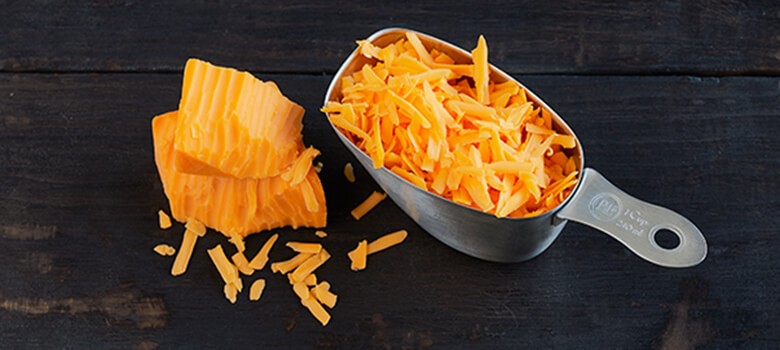For cheese enthusiasts, precise measurements can make all the difference in a recipe. While many recipes call for volumetric measurements, understanding the weight-to-volume conversion is key. So, How Much Are 2 Ounces when it comes to cheese? Let’s dive into the details and explore the world of cheese measurements.
Weight vs. Volume: Why It Matters
When it comes to accurately measuring cheese, weight is the gold standard. Using a food scale ensures you have the exact amount needed for your culinary creation.
Measuring by weight removes any guesswork, ensuring consistent results every time you cook or bake with cheese.
However, not everyone has a food scale handy. In such cases, knowing the volume equivalents can be incredibly useful. But keep in mind that the type of cheese significantly affects these conversions.
Decoding Cheese Measurements
The Cheese Factor
Not all cheeses are created equal, especially regarding density. Soft cheeses are heavier per cup than hard cheeses. This difference influences how ounces translate into cups. Here’s a general guideline:
- Soft or crumbly cheeses (like feta or blue cheese): 1 cup = 6 ounces. Therefore, approximately 1/3 cup equals 2 ounces.
- Semi-hard cheeses (such as cheddar or Havarti): 1 cup = 4 ounces. This means 1/2 cup of shredded cheddar cheese weighs about 2 ounces.
- Hard cheeses (e.g., Parmesan or Asiago): 1 cup = 3 ounces. In this case, 2/3 cup of grated Parmesan would be close to 2 ounces.
2 Ounces of Grated Hard Cheese
Recipes often specify not just the type of hard cheese but also the grate size. This is because the size of the grate affects how densely the cheese packs into a cup, thus altering the weight-to-volume ratio. Here’s a breakdown of how much are 2 ounces based on grate size:
- Coarse grate: 1 cup = 4 ounces hard cheese. Therefore, ½ cup equals 2 ounces.
- Medium grate: 1 cup = 3 ounces hard cheese. This means 2/3 cup is approximately 2 ounces.
- Fine grate: 1 cup = 2 ounces hard cheese. So, 1 cup of finely grated hard cheese weighs 2 ounces.
Remember that a medium grate on a standard box grater is a good default if the recipe doesn’t specify.
Measuring Cheese for Recipes
While precision is valuable, a slight variation in cheese measurement won’t typically ruin a recipe.
If you’re unsure, it’s always better to err on the side of adding a bit more cheese. After all, who ever complained about extra cheese?
Are you looking to put your newfound measuring skills to the test? Consider trying a recipe that highlights the deliciousness of Wisconsin cheese, from grilled cheese to cheese boards.
FAQs: More on Cheese Measurement
How can I measure cheese if I don’t have a scale or measuring cups?
If you don’t have measuring tools, compare the cheese to common objects. For semi-hard or hard cheeses, an ounce is about the size of two dice-sized cubes. Use this visual to estimate two ounces.
How much cheese is considered a serving?
While there’s no official serving size for cheese, the USDA suggests approximately 1 ½ ounces of cheese equals about 1 cup of dairy. Therefore, consuming 4 ½ ounces of cheese will help you meet your daily dairy goals.

